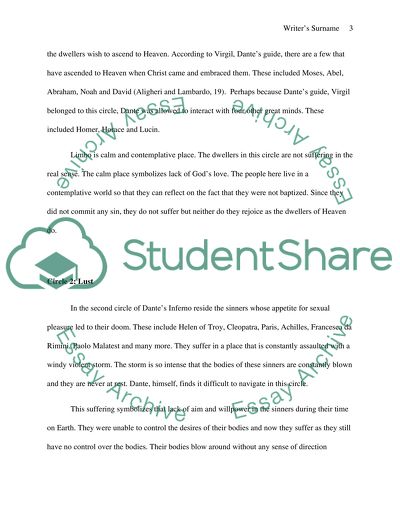Cite this document
(“Dante's Inferno Essay Example | Topics and Well Written Essays - 2500 words”, n.d.)
Retrieved from https://studentshare.org/literature/1492588-dante-s-inferno
Retrieved from https://studentshare.org/literature/1492588-dante-s-inferno
(Dante'S Inferno Essay Example | Topics and Well Written Essays - 2500 Words)
https://studentshare.org/literature/1492588-dante-s-inferno.
https://studentshare.org/literature/1492588-dante-s-inferno.
“Dante'S Inferno Essay Example | Topics and Well Written Essays - 2500 Words”, n.d. https://studentshare.org/literature/1492588-dante-s-inferno.


